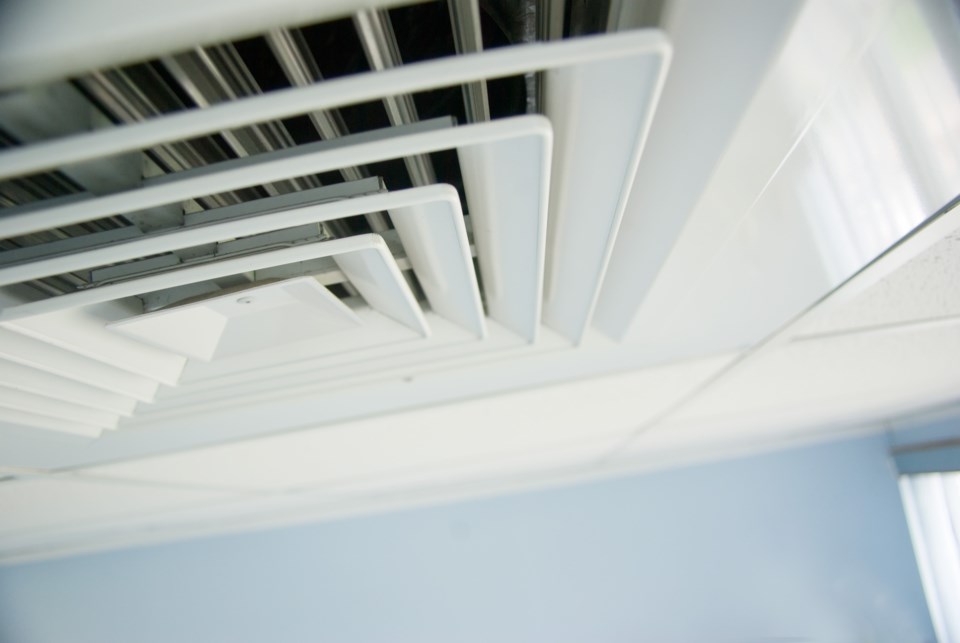This letter was sent to Provincial Health Officer Dr. Bonnie Henry and shared with Pique.
The adverse effects on health and the susceptibility of humans to bacterial and viral infections from poor air quality have been known for decades.
As a long time advocate for healthy air, especially in the indoor living environment that is certifiable by recognized standards with quantifiable metrics, I am disappointed that this factor does not appear to have been considered in lockdown mandates.
Starting with the 1985 British Columbia Code, energy-saving measures were mandated that included tightly sealing the vapour (air) barrier of residential dwelling units in what I coined “the plastic bag over the occupants effect.”
At the 1985 Building Inspectors Conference in Nanaimo, I stood up, addressed the Code Committee and raised serious concerns about the effect of mandating energy-saving measures that could adversely effect the health of occupants and buildings. Little attention was given to this important issue. A major failure was, and still is, the failure to educate the public whose health is at stake on the importance of attaining and maintaining good indoor air quality. Thirty-seven years later this issue has still not been fully recognized, let alone addressed.
There is no debate that suboptimal indoor air quality compromises the first line of defence in the airways and especially the nasal passages by exposing occupants to toxic gases and particulate matter that have the potential to transport viruses, including COVID-19 into the living space. I find it both perplexing and troubling that you appear to have mandated lockdowns without considering air quality in the indoor living environment.
My concerns about indoor air quality were reignited by health issues my wife and I experienced in our new high-end condo that I eventually traced to the ventilation system. A critical review of the ventilation requirements of the current BC Building Code (2018) found a number of serious inadequacies that I detailed in a report called “Clearing the Air on COVID” as well as a Code Suggestion document that has been accepted by the NRC.




